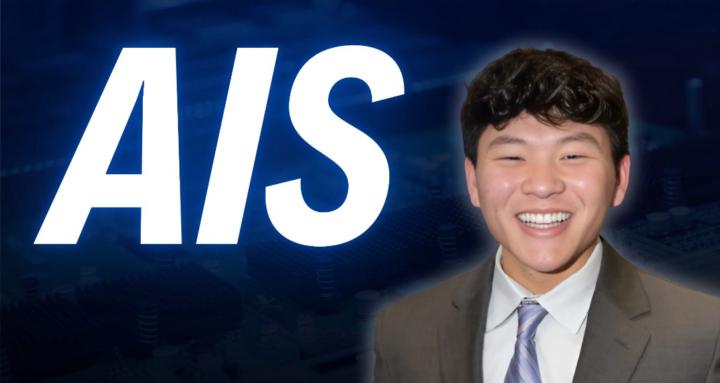Pinned
🙌 AIS is the #1 Tech Skool Community... but we need your help
Hey AIS fam, Good news and bad news. The good news, our community just hit #1 in the Tech category and #2 overall on Skool out of more than 175,000 communities! That’s incredible and a huge credit to all of you. The bad news is that with the growth, we’re seeing more spam, self-promotion, and discussions that aren't focused on AI or automation. Please help us keep this space clean and valuable by reporting any spam or self-promotion you see. Our admin team will take care of it quickly. This community is growing because of you, your engagement, questions, and support for one another. Let’s keep building a safe, focused space to learn and grow together. Cheers, Nate

Pinned
🚀New Video: I Tested OpenAI's AgentKit Against n8n: What You Need to Know
In this video, I compare OpenAI’s new AgentKit to n8n to see how they stack up against each other. We’ll go over what each platform is, how they work, and what makes them unique. I’ll walk you through how to access and set up AgentKit, explore its features, and then put both tools head-to-head across different categories. I also score each one so you can clearly see their strengths and weaknesses. Most importantly, I’ll help you figure out when you should use one over the other, because the truth is, they’re built for different purposes and appeal to different types of builders. Whether you’re just getting started or already deep into automation, this video is a full, easy-to-follow guide to help you choose the right tool for your next project.
Pinned
🚀New Video: How I'd Make Money with AI in 2026 (if I had to Start Over)
In this video I'm going to be teaching you how I'd make money with AI in 2026, if I had to start over from scratch. This will be the most actionable video you've ever seen about making money with AI. I'll breakdown everything, and fitting it all into this easy to learn 24 minute guide. Hope you enjoy!
📊 Quick Poll: How are you running n8n?
Curious to see how everyone is hosting their setups (for yourself, not for a client). This will take you 2 seconds to answer:
Poll
1211 members have voted
From 47% OCR Accuracy to 98.9% Using Multi-Engine Processing
Client meltdown: Medical forms OCR stuck at 47% accuracy. Insurance rejections through the roof. THE ACCURACY DISASTER Document types destroying single OCR: - Handwritten patient intake forms - Faded insurance cards (photocopied 5 times) - Emergency room forms with coffee stains - Prescriptions with doctor handwriting - Multi-language forms (Spanish/English) Tried every OCR service. All failed on real-world medical documents. THE MULTI-ENGINE BREAKTHROUGH Instead of finding perfect OCR, built intelligent combination system: ENGINE SELECTION n8n WORKFLOW (13 nodes) Document assessment (Nodes 1-3): - Image quality scoring (resolution, contrast, clarity) - Content type detection (printed, handwritten, mixed) - Language identification and complexity rating Engine routing (Nodes 4-7): Route A: High-quality printed → Mistral OCR (fast, accurate) Route B: Poor quality scanned → Enhanced parsing API Route C: Handwritten sections → AI-powered recognition Route D: Mixed content → Multi-pass processing Validation and combination (Nodes 8-10): - Cross-engine result comparison - Confidence scoring and conflict resolution - Intelligent merging of best results from each engine Quality assurance (Nodes 11-13): - Medical terminology validation - Field completeness checking - Human review queue for <85% confidence THE ACCURACY TRANSFORMATION Before (single engine): 47% accuracy After (multi-engine): 98.9% accuracy Processing breakdown: - High-quality forms (35%): Mistral OCR → 99.2% accuracy - Poor quality scans (40%): Enhanced parsing → 98.7% accuracy - Handwritten sections (20%): AI processing → 97.8% accuracy - Mixed content (5%): Multi-pass → 98.1% accuracy MEDICAL CLIENT RESULTS Insurance acceptance rate: 47% → 97% Processing time: 45 minutes → 90 seconds per form Human review needed: 53% → 11% Monthly processing: 8,000+ forms Client testimonial: "You saved our practice. Insurance was threatening to drop us." THE MULTI-ENGINE TEMPLATE
1-30 of 7,505

skool.com/ai-automation-society
A community for mastering AI-driven automation and AI agents. Learn, collaborate, and optimize your workflows!
Powered by






